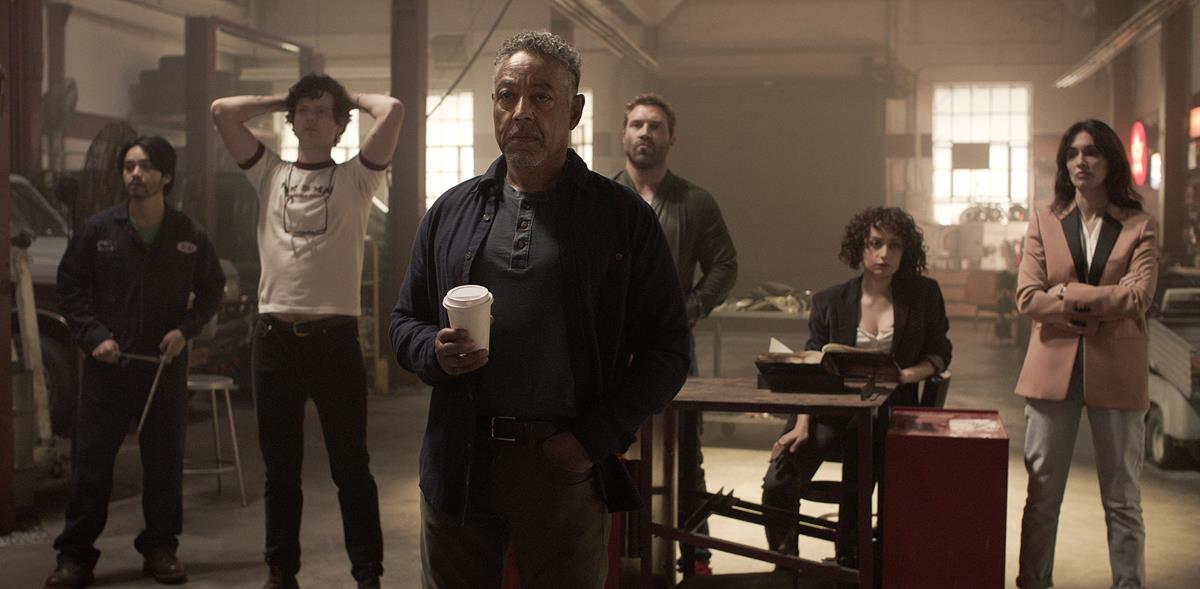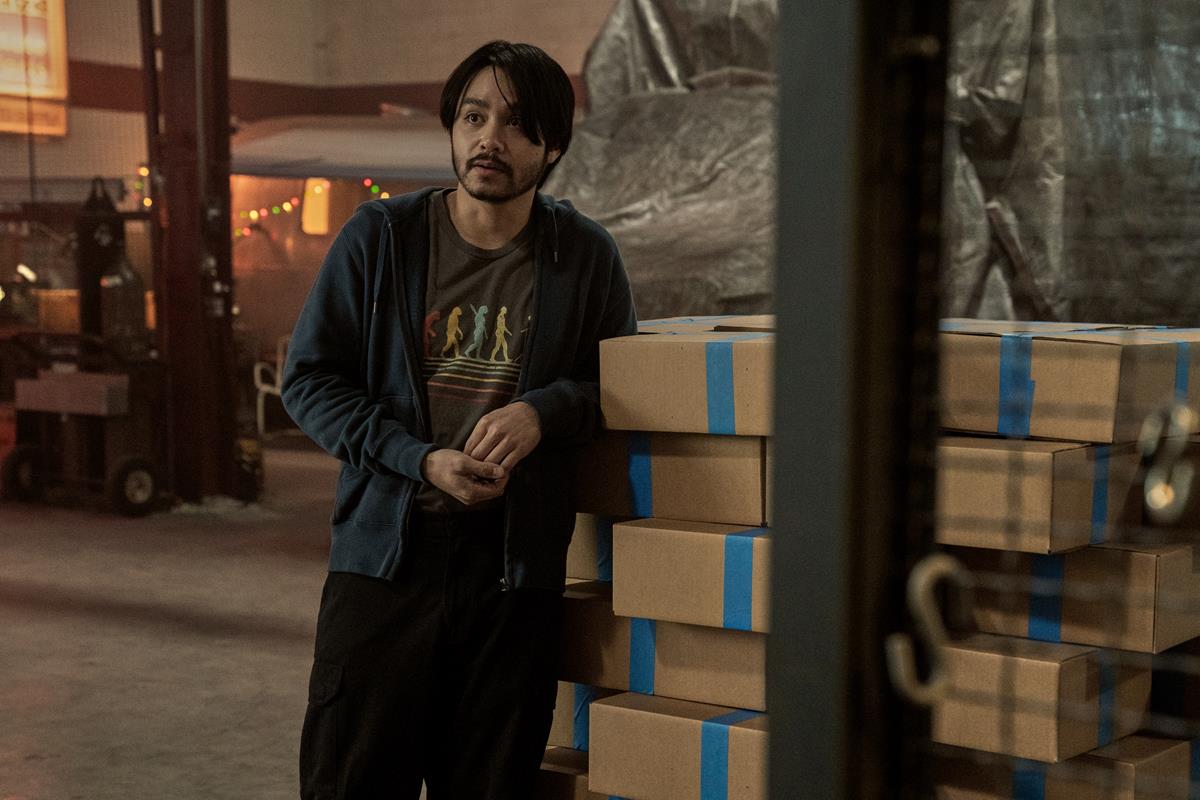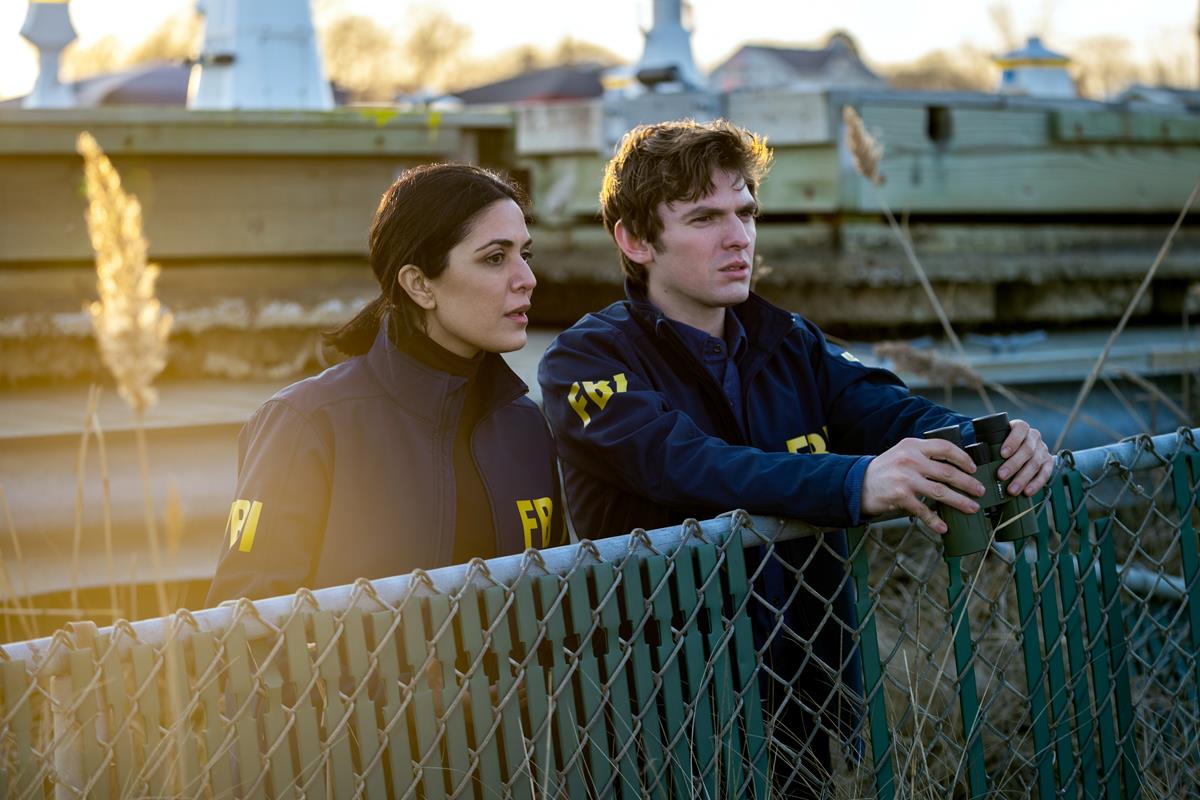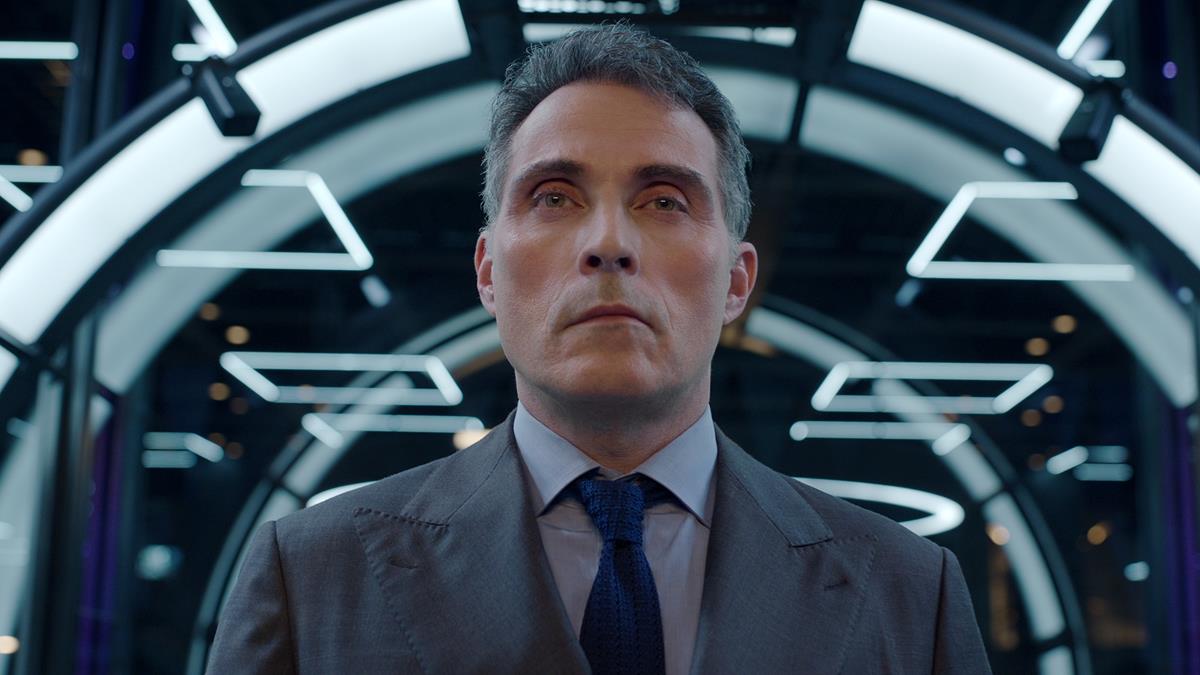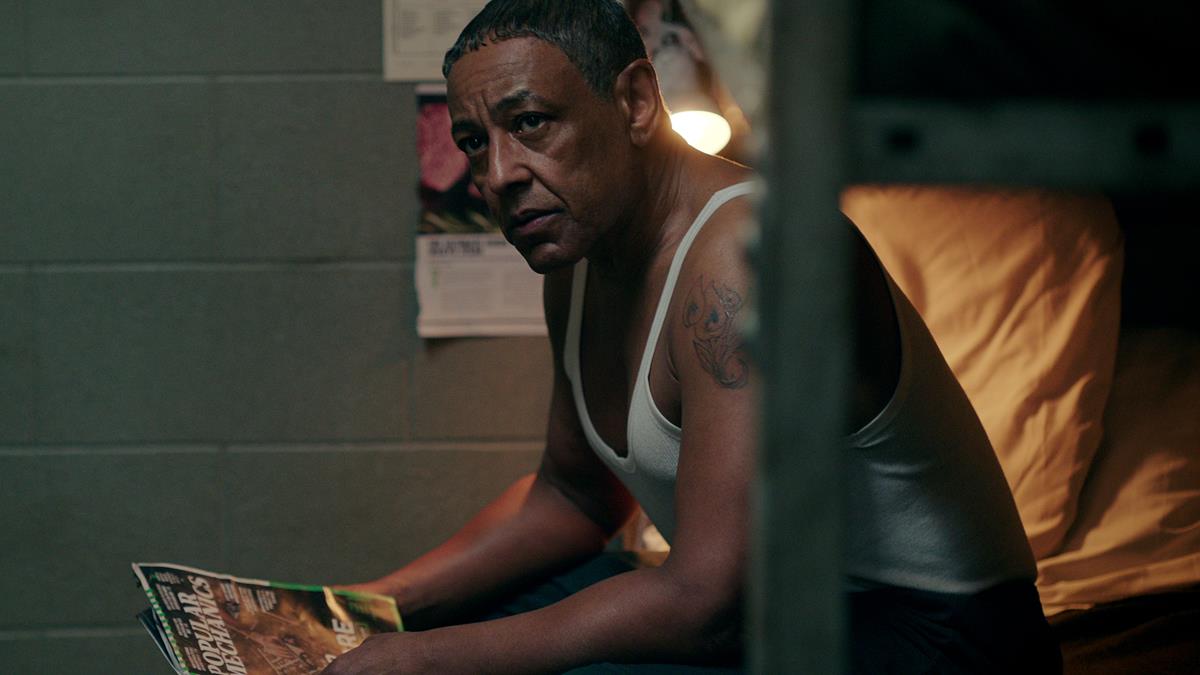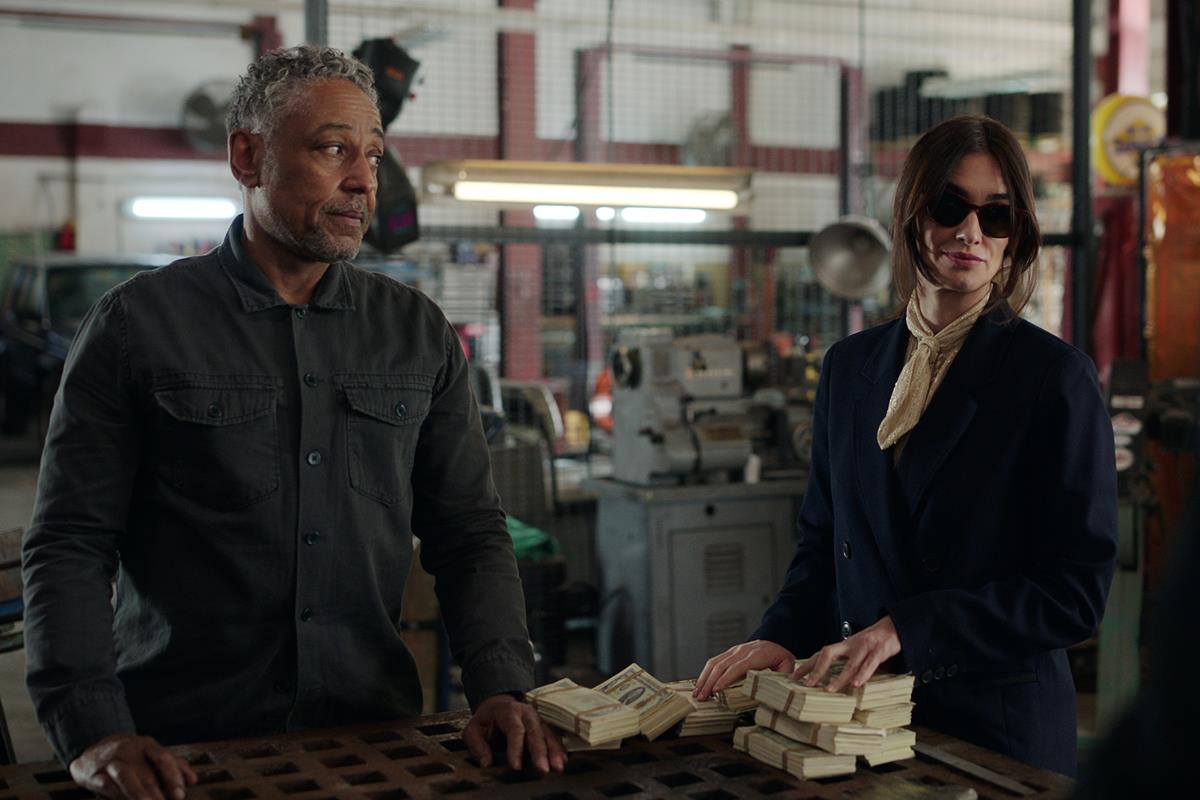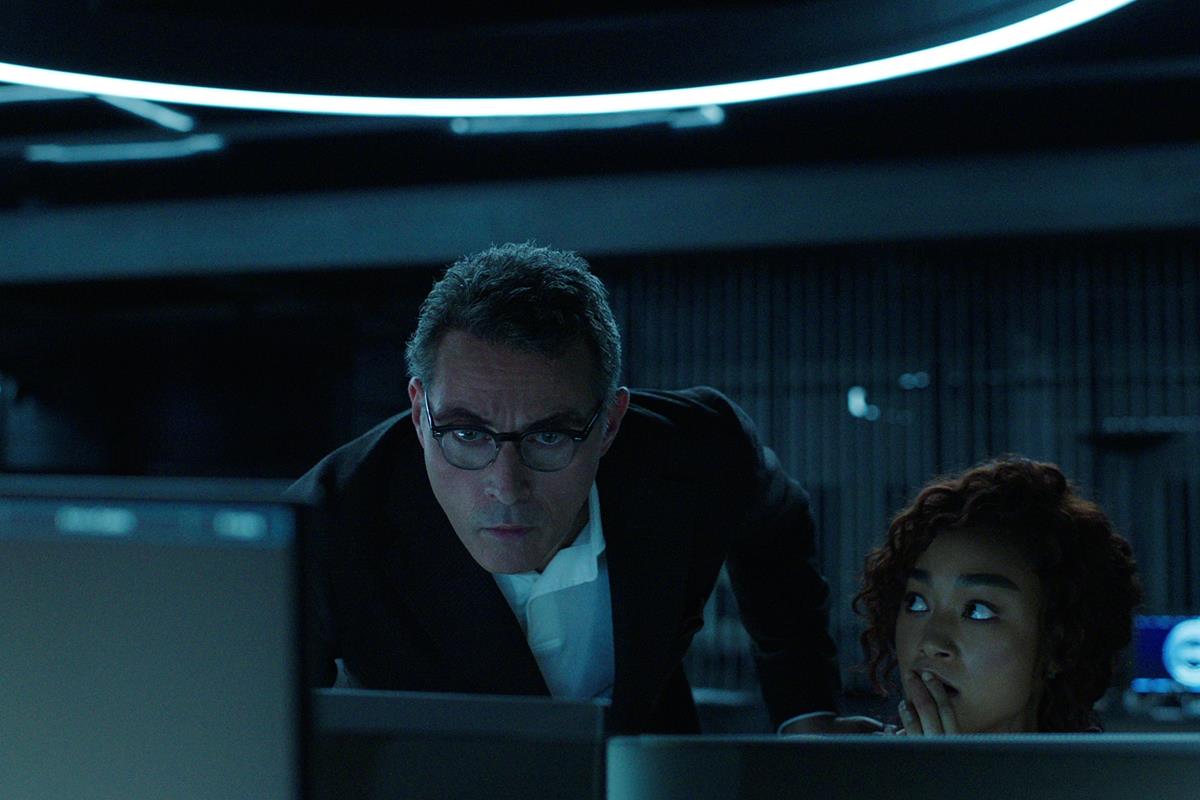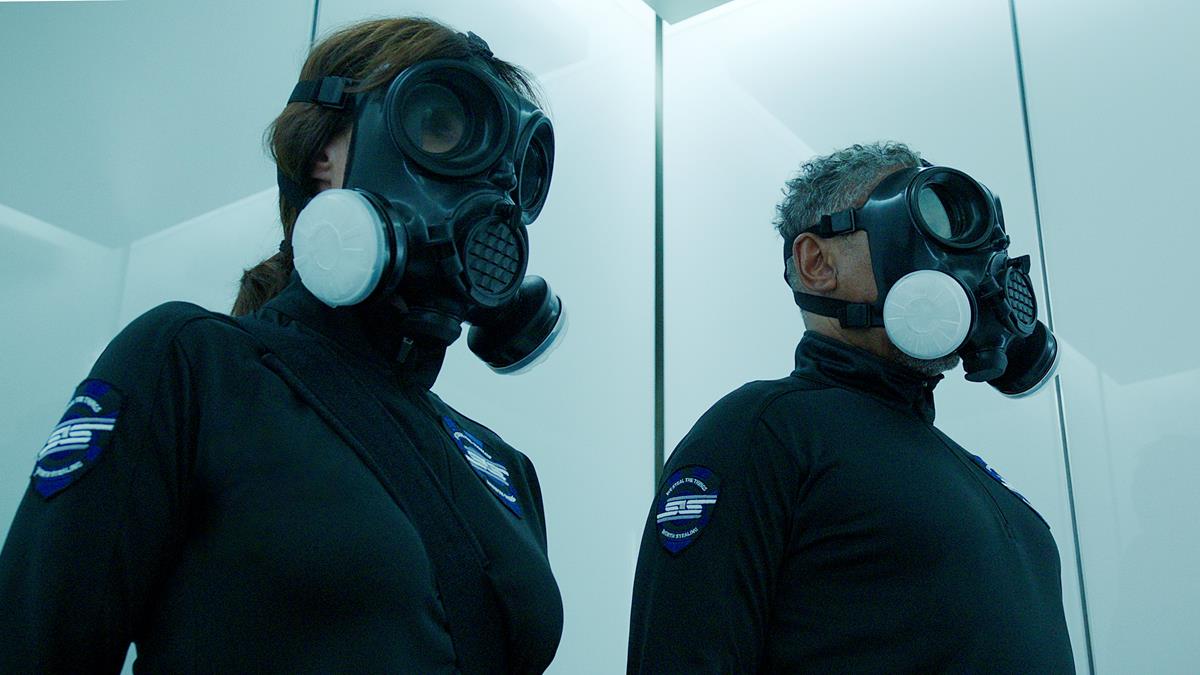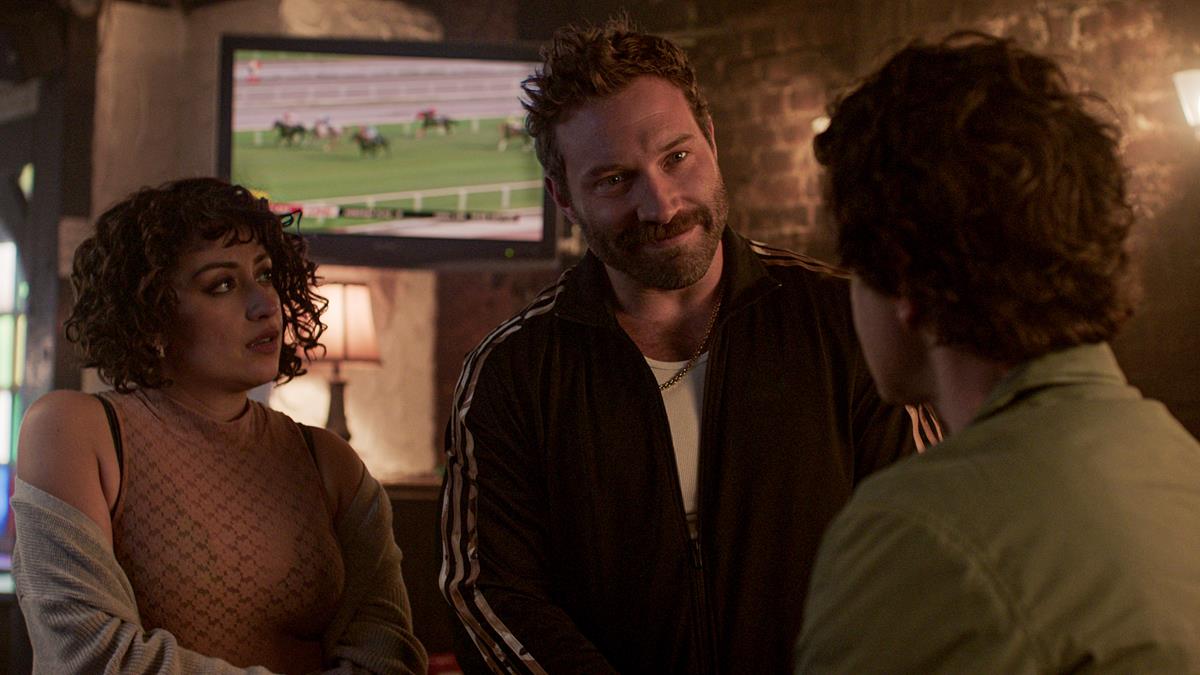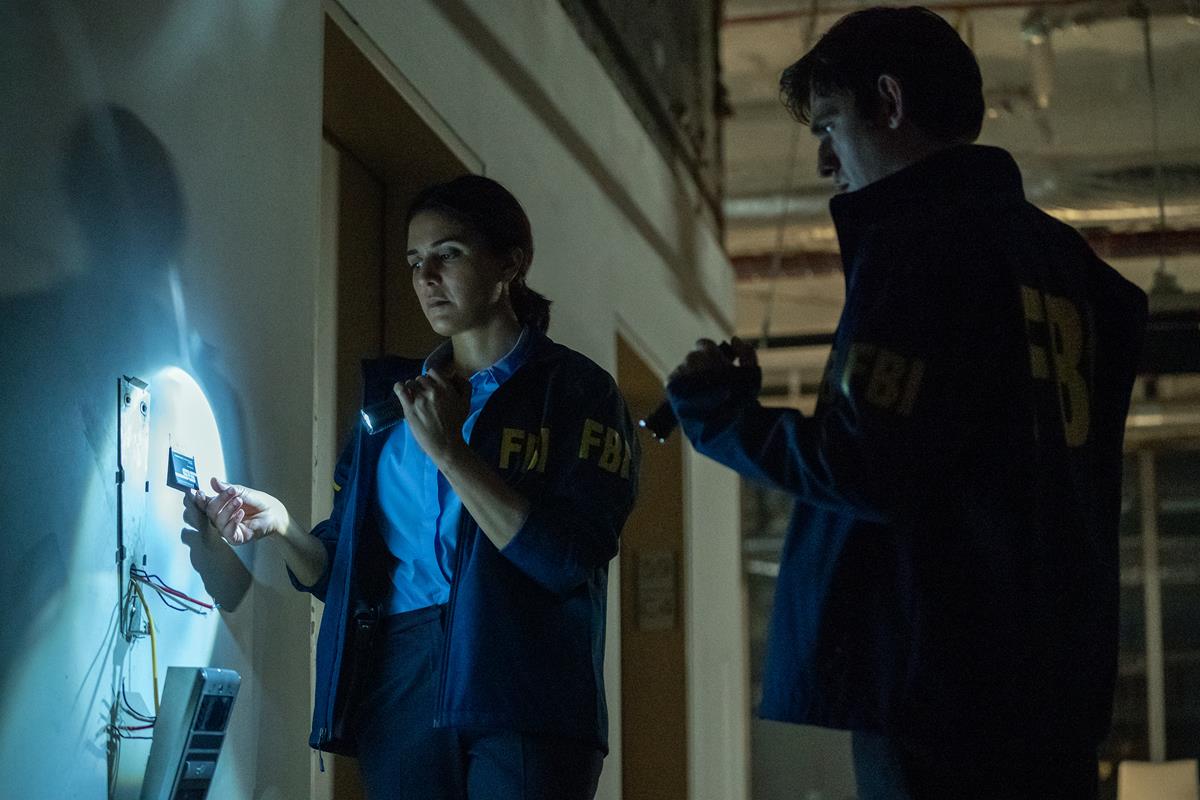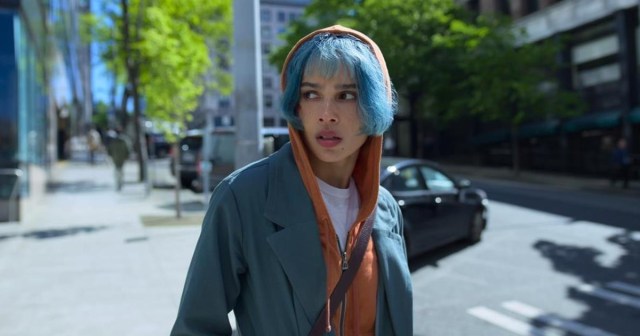TL;DR
- Following interactive specials like “Bandersnatch,” Netflix is continuing to push the boundaries of storytelling with its new non-linear heist series, “Kaleidoscope.”
- Launching New Year’s Day, the eight-episode anthology series is loosely inspired by the real-life story where $70 billion in bonds went missing in downtown Manhattan during Hurricane Sandy.
- Viewers can watch the color-coded episodes in any order they choose, ending with the epic “White: The Heist” story finale.
Netflix is continuing to push the boundaries of storytelling with a new non-linear heist series, Kaleidoscope. Stretching across eight episodes, the anthology series spans 25 years, following a crew of masterful thieves and their attempt to crack a seemingly unbreakable vault for the biggest payday in history. Guarded by the world’s most powerful corporate security team, and with law enforcement on the case, every episode reveals a piece of an elaborate puzzle of corruption, greed, vengeance, scheming, loyalties and betrayals. How did the crew of thieves plan it? Who gets away with it? Who can be trusted?
“Netflix has never been shy about putting experimental TV on its platform, as seen with interactive specials like Bandersnatch,” Wilson Chapman notes at IndieWire. “Now, the streamer is playing with the medium’s episodic format with Kaleidoscope, a new anthology series set to premiere New Year’s Day.”
READ MORE: Netflix’s Non-Linear ‘Kaleidoscope’ Puts a Crime Caper in Your Hands (IndieWire)
Kaleidoscope (formerly known as Jigsaw) is loosely inspired by the real-life story where $70 billion in bonds went missing in downtown Manhattan during Hurricane Sandy.
The ensemble cast features Giancarlo Esposito (Breaking Bad) as Leo Pap, the leader of the heist crew, which is rounded out by Paz Vega (The OA), Rosaline Elbay (Ramy), Jai Courtney (Suicide Squad), Peter Mark Kendall (The Americans), and Jordan Mendoza (Ziwe). Taking on the role of series antagonist, Rufus Sewell (Old) plays Roger Salas, a former thief and corporate security worker who leads his own team comprising Tati Gabrielle (You), Soojeong Son (Servant), and Hemky Madera (Spider Man: Homecoming). Niousha Noor (Here and Now) and Bubba Weiler (Dopesick) play FBI agents Nazan Abassi and Samuel Toby, who are assigned to investigate the ring of thieves.
The compelling crime anthology series takes a non-linear approach to storytelling, building intrigue and suspense across seven standalone episodes — color-coded “Yellow,” “Green,” “Blue,” “Violet,” “Orange,” “Red” and “Pink” — leading up to the epic “White: The Heist” story finale. The series offers different immersive viewing experiences depending upon the order in which the episodes are seen.
“The format is also a good way to put a twist on a story we’ve seen a million times; bank heist movies and series frequently follow a set of tropes that include recruiting members, mapping out the heist in extreme detail, and people double-crossing each other,” Erick Massoto writes at Collider. “This was the theme of one of Netflix’s most popular series: Spanish-language thriller Money Heist, which has spawned a spin-off and a Korean remake. In Kaleidoscope, the difference is that the bank robbery takes place during a storm, and its non-linear format is certainly what will set the series apart.”
READ MORE: Netflix’s New Bank Heist Series ‘Kaleidoscope’ Can Be Watched in Any Order (Collider)
All viewers will eventually see all eight episodes, but the order in which they watch the episodes will affect their viewpoint on the story, the characters, and the questions and answers at the heart of the heist.
How will you experience the colors of Kaleidoscope?



